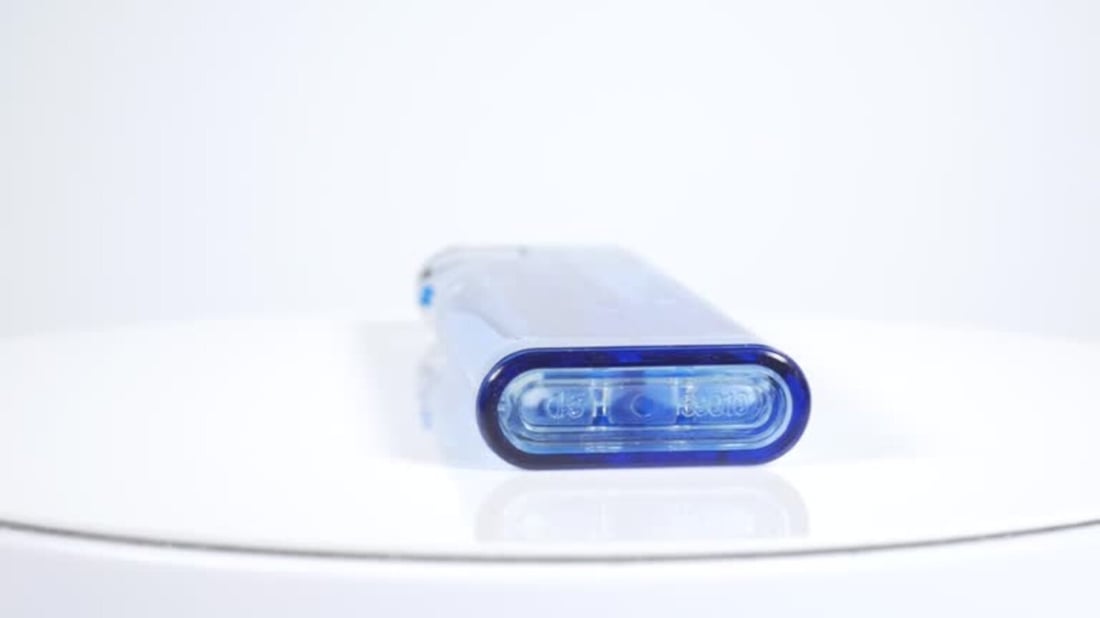The Differences Between UVA and UVB Light
When it comes to providing lighting for your pet turtle, both UVA and UVB rays play a crucial role in their overall health and well-being. UVA light helps turtles regulate their behavior and sleep patterns, while UVB light is essential for the synthesis of vitamin D3, which is necessary for proper shell growth and calcium metabolism.
Choosing the Right UVB Bulb
Not all UVB bulbs are created equal, so it's important to choose the right one for your turtle's specific needs. Look for bulbs that are specifically designed for reptiles and provide a UVA and UVB output of at least 5%. It's also crucial to replace UVB bulbs every six months to ensure they are providing adequate levels of UVB radiation.
The Importance of UVA Light for Turtles
UVA light is essential for maintaining your turtle's physical and psychological well-being. Without sufficient exposure to UVA rays, turtles can become stressed, exhibit abnormal behavior, and even develop health issues. Make sure to provide a source of UVA light in your turtle's habitat to mimic their natural environment.
UVB Lighting and Calcium Metabolism
UVB light plays a vital role in the absorption of calcium in turtles. Without enough UVB exposure, turtles can develop metabolic bone disease, a condition that can lead to weak, deformed shells and other serious health problems. Ensure your turtle has access to adequate UVB lighting to support proper calcium metabolism.
Creating a Proper Lighting Schedule
Establishing a consistent lighting schedule is crucial for maintaining the health of your turtle. Turtles require a photoperiod of 10-12 hours of light each day to simulate natural daylight cycles. Make sure to provide a basking spot under the UVB light where your turtle can regulate their body temperature and absorb UV rays.
Monitoring UV Levels in the Habitat
It's essential to monitor the UV levels in your turtle's habitat to ensure they are receiving enough exposure to UVA and UVB light. Use a UV meter to measure the output of your UVB bulb and adjust the positioning or replace the bulb if necessary. Regularly check for signs of UV deficiency in your turtle, such as soft shells or lethargic behavior.
UVB Lighting and Vitamin D3 Synthesis
UVB light is responsible for triggering the production of vitamin D3 in turtles, a vital nutrient for calcium absorption and overall health. Turtles cannot obtain vitamin D3 from their diet alone, so adequate exposure to UVB light is essential for preventing vitamin D3 deficiency and related health issues.
The Effects of UVA and UVB Deficiency
A lack of UVA and UVB exposure can have serious consequences for turtles, including weakened immune systems, stunted growth, and reproductive issues. Ensure your turtle's habitat is equipped with the appropriate lighting sources to prevent deficiencies and promote their overall well-being.
Supplementing UVB Lighting with Dietary Sources
While UVB lighting is essential for turtles, it's also important to provide a balanced diet rich in calcium and vitamin D3. Include calcium supplements and foods high in vitamin D3, such as leafy greens and live insects, to ensure your turtle is getting all the nutrients they need for optimal health.
Consulting with a Reptile Veterinarian
If you're unsure about how to provide the right UVA and UVB lighting for your turtle, consult with a reptile veterinarian who can offer guidance and recommendations based on your turtle's specific needs. Proper lighting is essential for the overall health and longevity of your pet turtle, so it's important to seek professional advice when in doubt.
Quote Inquiry
Contact us

